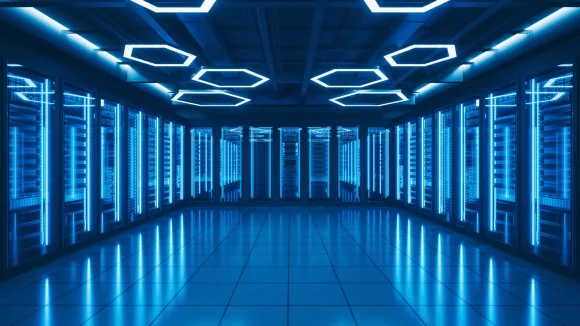Artificial intelligence (AI) has long been hailed as the future of technology, revolutionizing industries and shaping our daily lives.
However, behind the scenes, AI’s insatiable appetite for power casts a shadow on its potential. Two critical concerns have emerged: the skyrocketing electricity usage and the alarming increase in water consumption attributed to AI development.
Electricity crunch
In the race to advance AI capabilities, tech giants face a daunting challenge: the colossal energy demand of AI systems.
A recent study by Alex de Vries at the VU Amsterdam School of Business and Economics has raised a red flag. It predicts that by 2027, the AI industry could consume as much energy as entire countries like Argentina, Netherlands, or Sweden.
Google, a frontrunner in AI innovation, could alone consume as much electricity as Ireland if it fully transitions its search business to AI.
The tech giant’s rapid scaling of AI applications, including the launch of Bard chatbot and AI integration into its search engine, is driving this surge. However, the study’s scenario assumes full-scale AI adoption with current hardware and software, a feat hindered by the limited supply of powerful graphics processing units (GPUs).
The study emphasizes the need for developers to critically assess the necessity of AI usage, urging them to balance benefits against costs.
Thirsty technology
Simultaneously, AI’s growing thirst for power exacerbates water scarcity concerns worldwide. Computational-intensive AI models, like OpenAI’s ChatGPT, housed in vast data centers, are significant culprits.
Microsoft and Google have reported staggering water consumption increases, with Google using 5.6 billion gallons in 2022. ChatGPT alone guzzles about 500 milliliters of water for every 5 to 50 user prompts, underscoring the technology’s significant water footprint.
The consequences are tangible in areas hosting data centers like Iowa, US. Locals witness escalating water rates and depleting water sources.
The two tech giants, recognizing their environmental responsibility, have pledged to mitigate these impacts. Microsoft aims for 100% carbon-free energy and water-positive status by 2030. Similarly, Google is striving for net-zero emissions by 2030, emphasizing the importance of sustainable AI development.
Charting a sustainable course
While these challenges loom large, tech companies are not sitting idle. Transparency, efficiency, renewable energy sources, and alternative cooling techniques are becoming keywords in pursuing sustainable AI.
The imperative is clear: responsible management and eco-conscious practices must prevail as AI’s capabilities expand.
AI’s thirst for power and water can be sustainably quenched, ensuring technological advancement and a harmonious coexistence with our planet. As we progress, the choices made today will determine whether AI is a force for progress or a burden on our resources.











